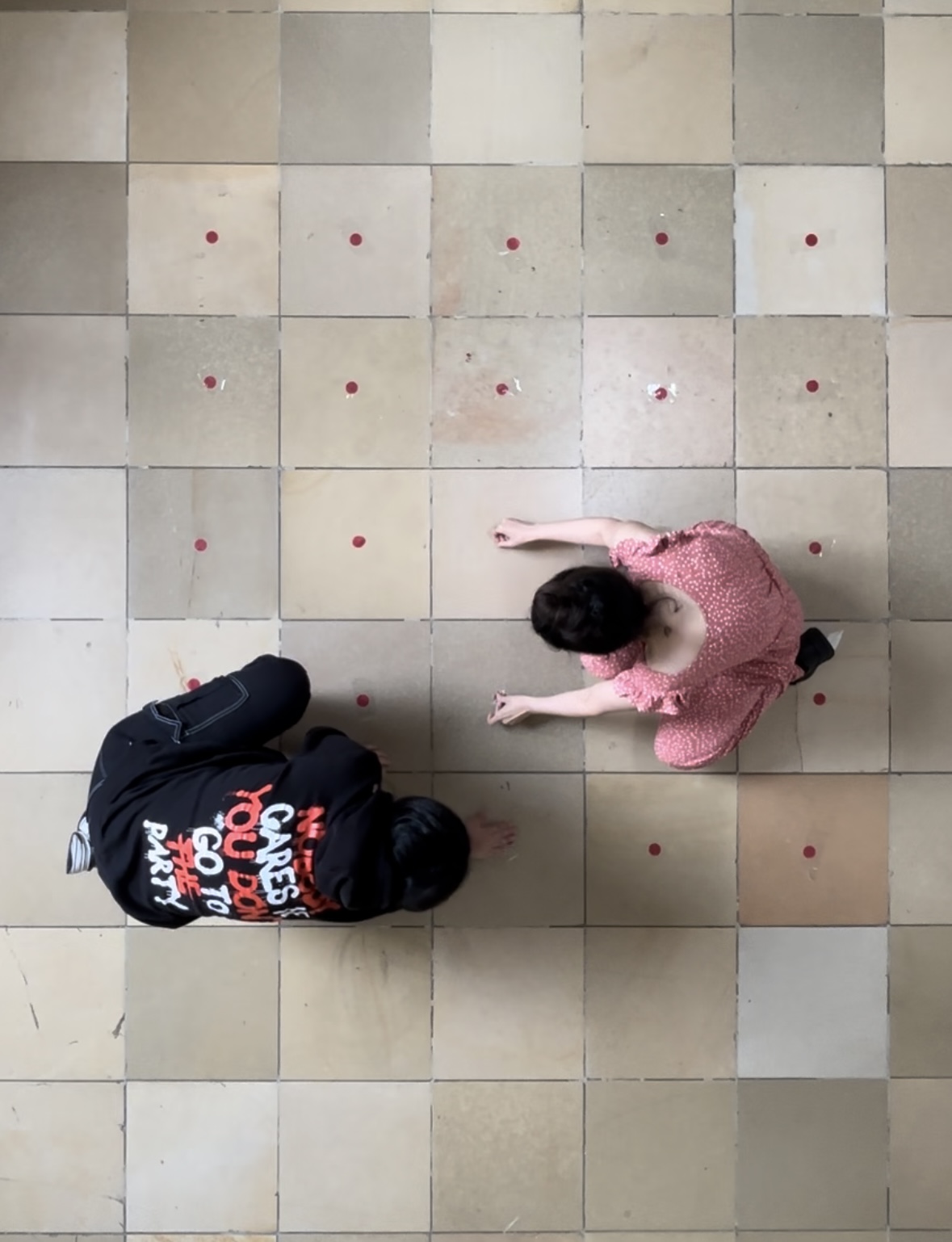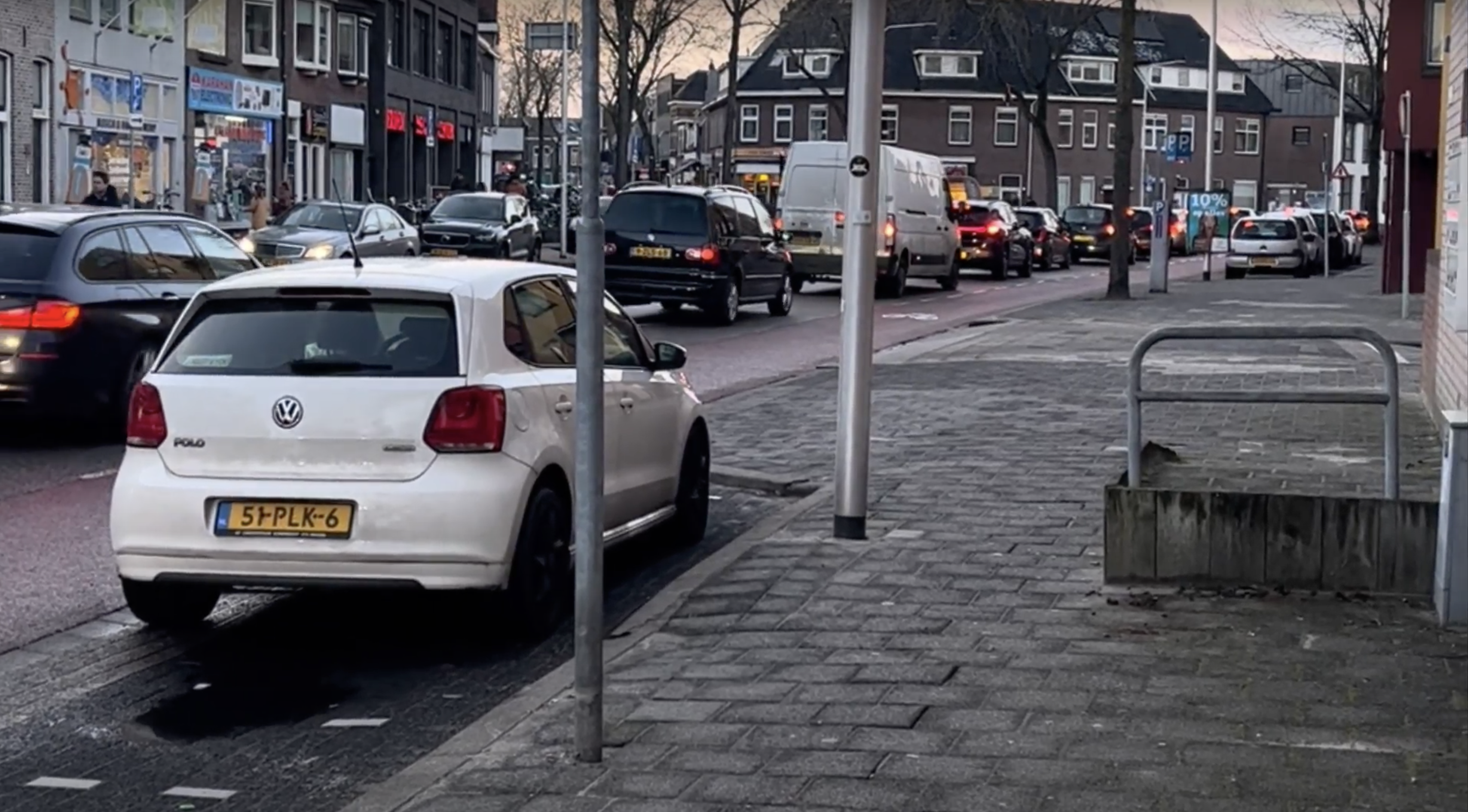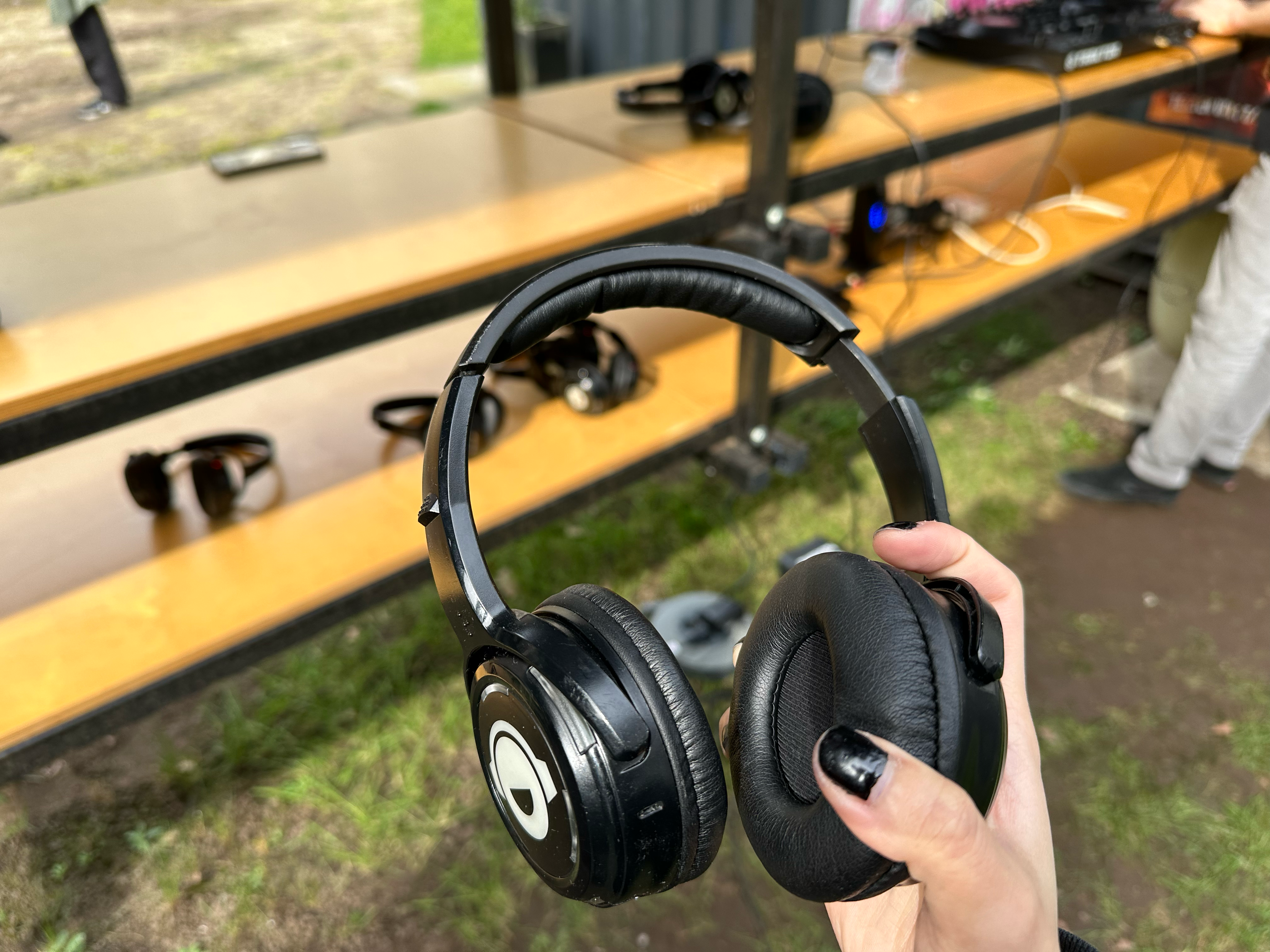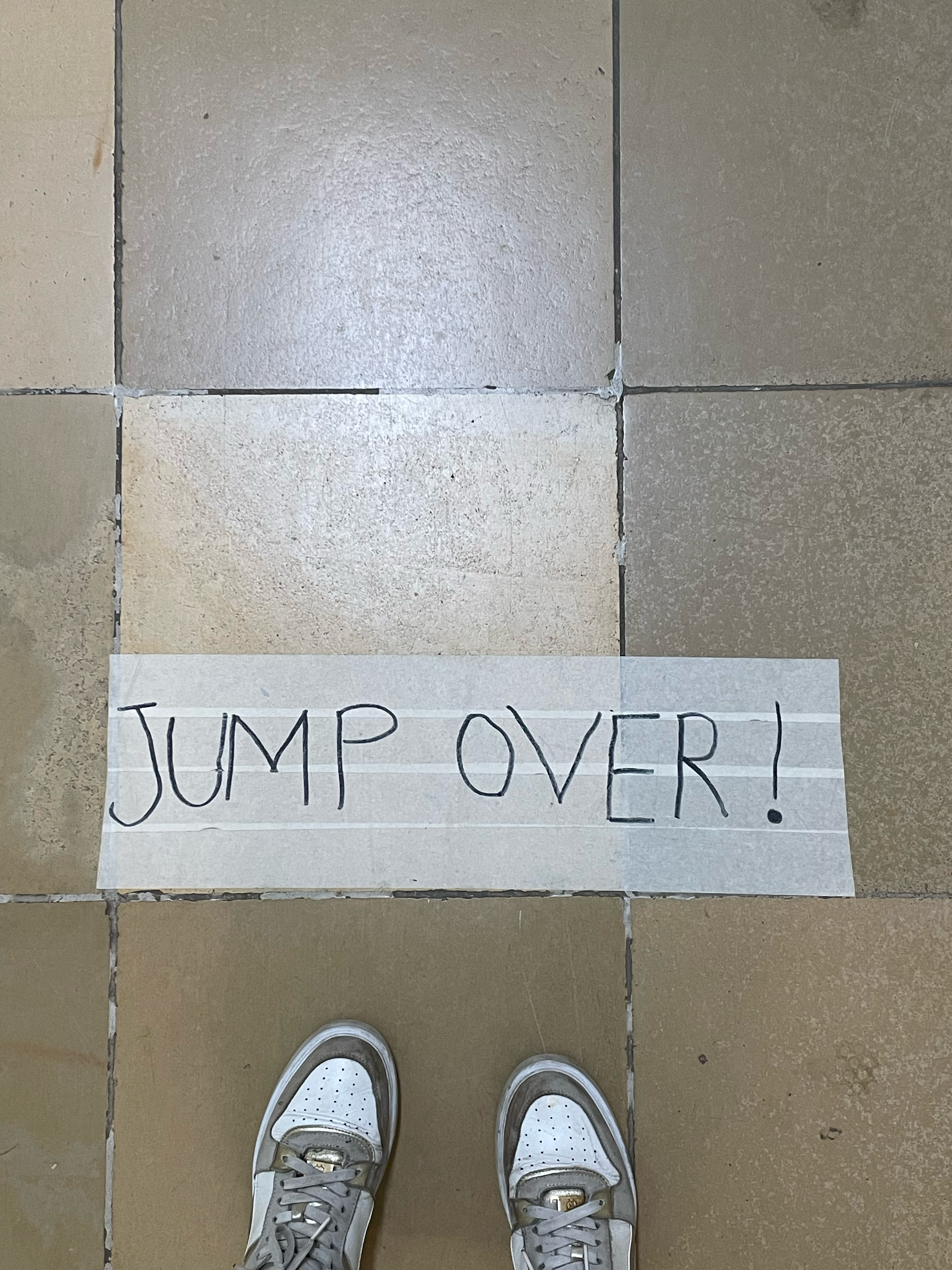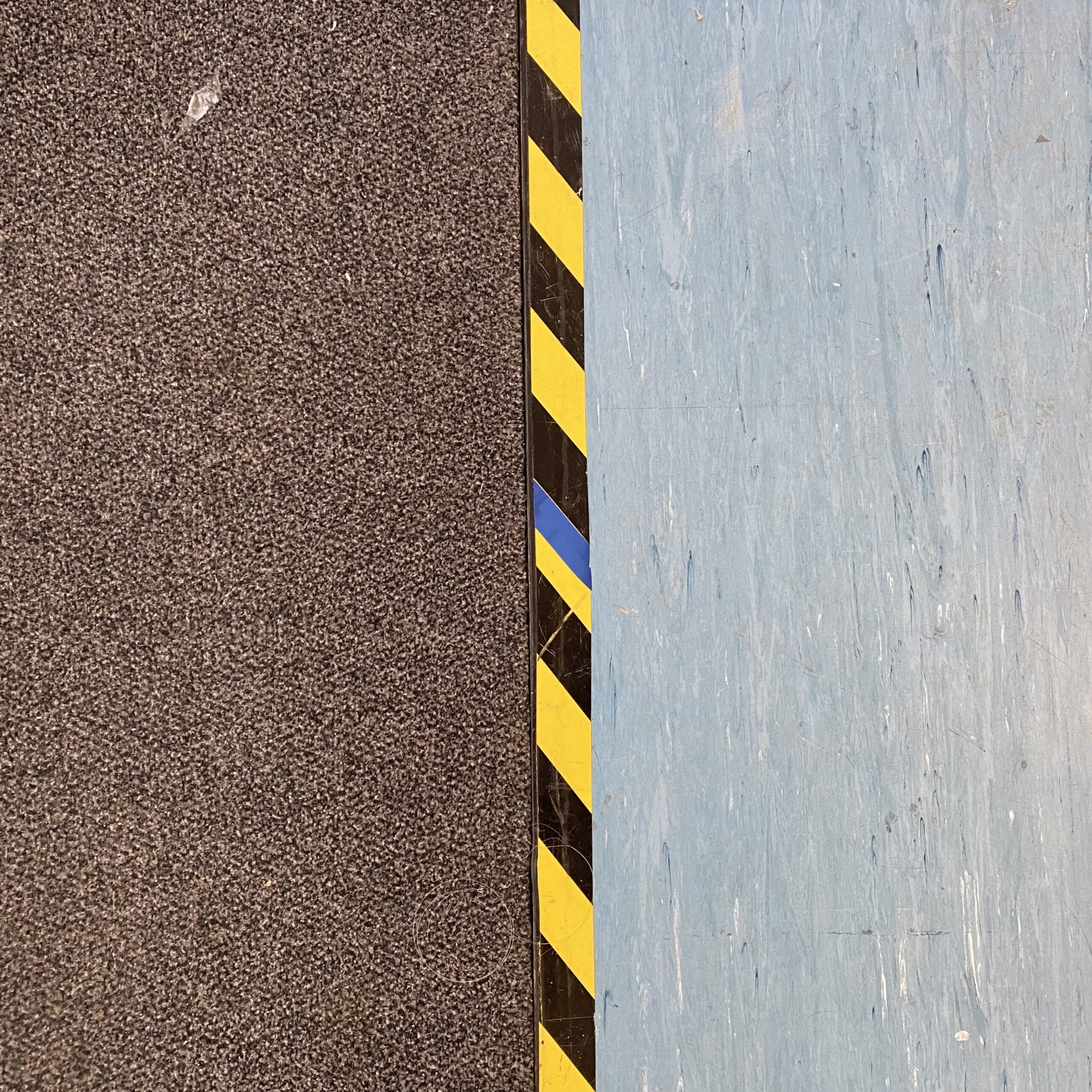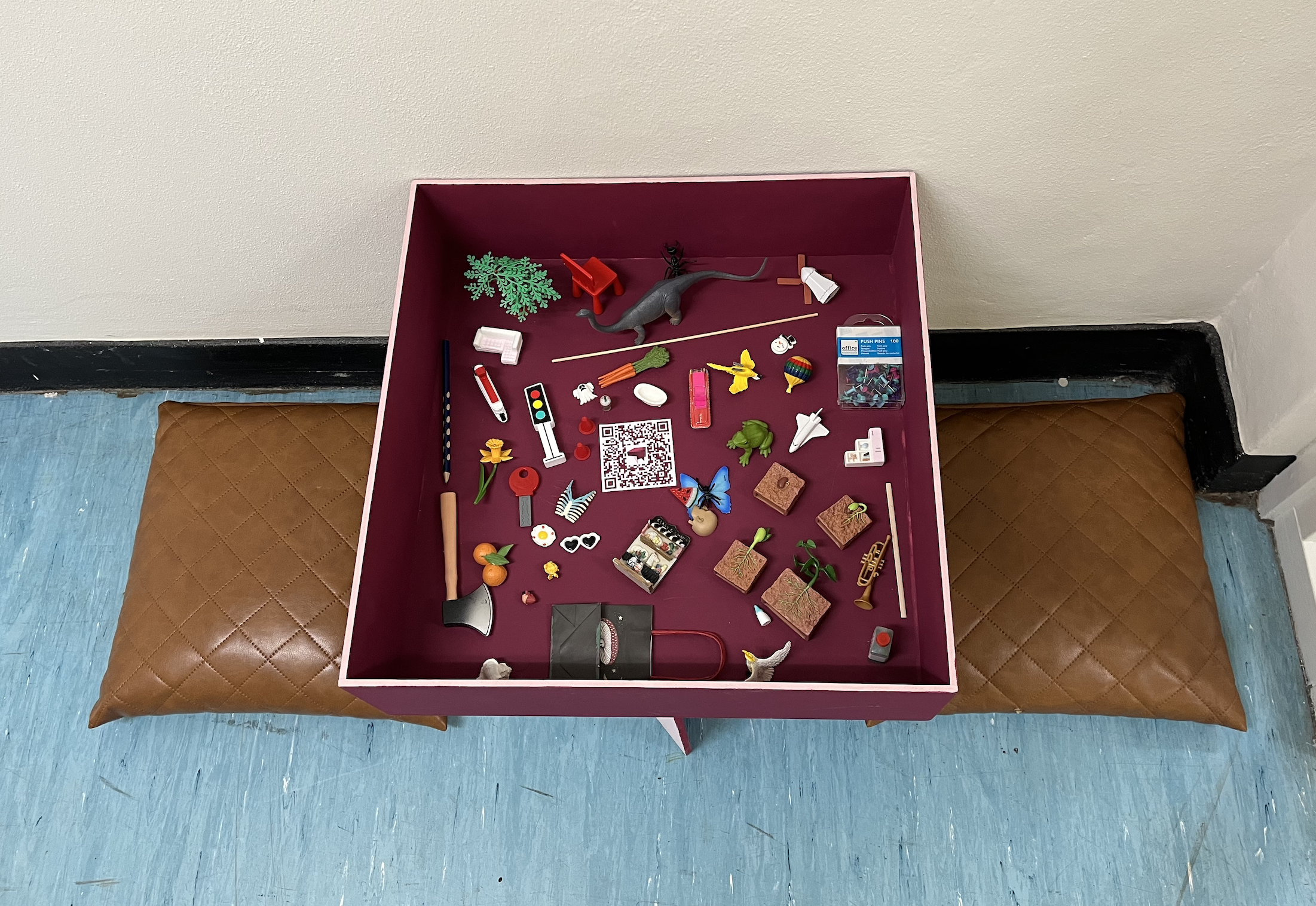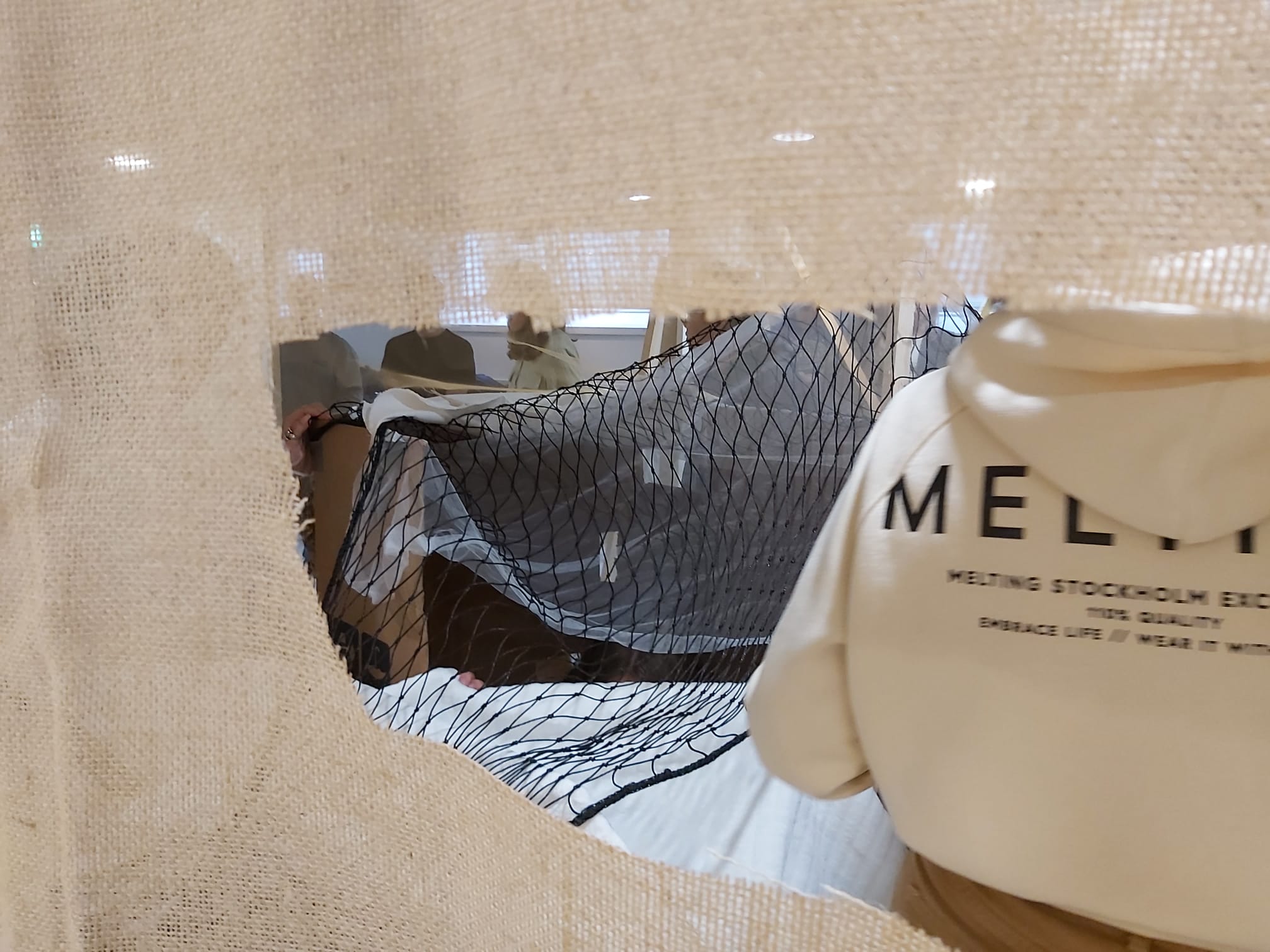Research questions
What sounds are hidden within a space and its materials and objects?
How do different materials produce different sounds when struck or interacted with?
Experiment
In this experiment, we aimed to explore the power of sound within different spaces by
utilizing various materials and objects. We conducted this experiment in three distinct
locations:
Music Conservatory: we gathered random items such as cans, bricks, bottles, and sticks. Participants used these objects to create unique sounds and collaboratively composed a song by playing them together.
Church: We experimented with making unusual sounds using a variety of materials found within the church. Participants then danced based on the sounds produced, creating a dynamic interaction between sound and movement.
Municipality: We explored the sonic potential of different materials found on the walls,
ground, and other surfaces within the municipal space. Participants engaged in making
sounds with these materials, contributing to a broader understanding of the acoustic
properties of urban environments.
Findings
These findings underscore the potential of unconventional materials in creating music and highlight the importance of experimentation in discovering new soundscapes. The experiment not only broadened our understanding of the acoustic properties of different materials but also showcased the creative possibilities of composing music using everyday objects.
In addition, each material produced a distinct sound. For instance, cans emitted a metallic clang, bricks gave a dull thud, bottles produced a resonant clink, and sticks made sharp tapping noises. The diversity in the acoustic properties of these materials provided a broad range of sounds to work with.

